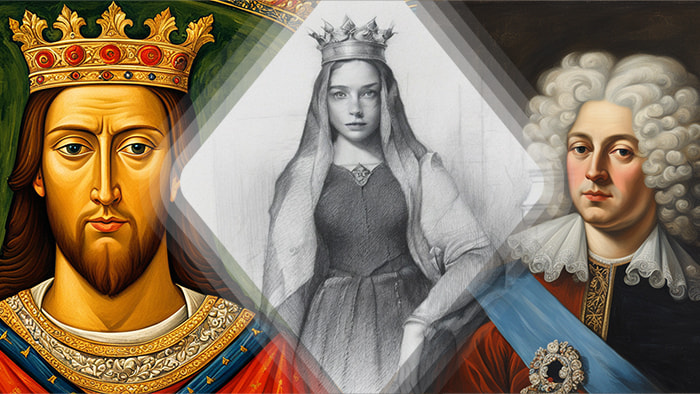When we think of monarchs, emperors, and rulers, the mind conjures images of grandeur, long reigns filled with battles for power, intricate politics, and legacies that stand the test of time. Yet, history has its fair share of thrones that changed hands faster than a game of musical chairs. From the king who barely had time to warm his seat to monarchs who found their crowns slipping from their heads, check the stories of 9 of the shortest reigns by rulers.
1. Louis XIX of France: A Throne for a Mere 20 Minutes

In the annals of history, where the reigns of monarchs are measured in decades, Louis XIX of France stands out for his astonishingly brief tenure. After his father, Charles X, abdicated in the face of revolutionary turmoil in 1830, Louis ascended to the throne, only to abdicate 20 minutes later. His reign was so short that it barely left a mark on the political landscape of France, yet it remains a subject of fascination and amusement among historians.
This brief moment of power highlights the chaotic nature of French politics in the 19th century, a time rife with revolutions and rapid power changes. Louis XIX’s brief brush with kingship reminds us of the fragility of monarchical rule and the unpredictable shifts in the tides of history. It’s a stark example of how quickly fortunes can change, with a king’s reign ending almost before it had a chance to begin.
2. King Michael of Romania: First Reign Cut Short

King Michael of Romania’s story is a dramatic tale of a young monarch caught in the whirlwind of World War II politics. His first reign, starting in 1927 at the tender age of five, ended abruptly when his father, Carol II, decided to return to the throne in 1930. This period of royal musical chairs in Romania highlights the complexities of European monarchy in the interwar period, where personal ambitions and external pressures often dictated the fate of nations.
Despite his initial reign lasting only a few years, Michael would later return to the throne in a twist of fate, demonstrating the resilience and unpredictability of royal destinies. His leadership during trying times, particularly his role in Romania’s switch from the Axis to the Allies in 1944, showcased a depth of character and determination that his short first reign could not predict. Michael’s story is a poignant reminder of the youthful innocence often caught in the crossfire of geopolitical scheming.
3. Emperor Henry V of Germany: A Day of Power
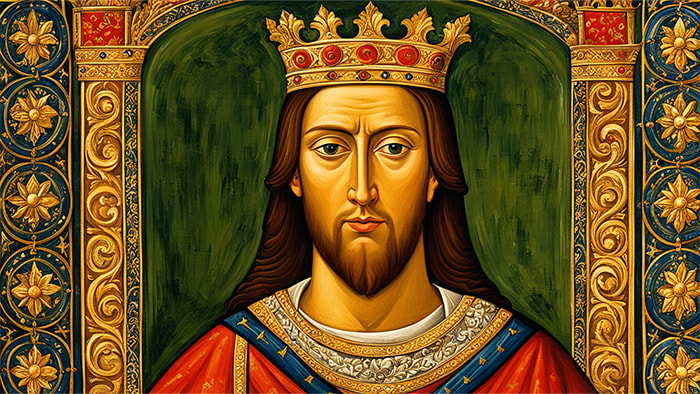
The tale of Emperor Henry V of Germany is a striking example of the ephemeral character of power and the lengths to which ambition can drive individuals. While assuming the throne in a turbulent period of medieval history, his reign lasted a mere day before his abdication. This brief episode in 1125 reflects the intense dynastic and political pressures of the Holy Roman Empire, where the crown was a heavy burden often passed in haste.
Henry V’s day-long reign underscores the complexities of medieval European politics, where claims to power were fiercely contested and alliances shifted like sand. His short-lived rule is a testament to the volatile nature of leadership during a time when the concepts of sovereignty and legitimacy were constantly being redefined. It serves as a vivid reminder that in the game of thrones, fortunes can change in the blink of an eye.
4. President Pedro Lascuráin of Mexico: Less Than an Hour of Rule

President Pedro Lascuráin of Mexico holds a peculiar record in the annals of political history: the shortest presidency, lasting less than an hour. His brief stint in 1913 was part of a complex political maneuver designed to legitimize the coup led by General Victoriano Huerta. Lascuráin’s presidency, though fleeting, is a testament to the chaotic and often unpredictable nature of political power transitions, especially during turbulent periods like the Mexican Revolution.
This extraordinary episode in Mexican history sheds light on the complexities of constitutional law and the extent to which political actors will go to achieve their objectives. Lascuráin’s short presidency serves as a historical curiosity and a poignant example of the intricate dances of legality and legitimacy that define political processes. His brief rule is a reminder of the often-overlooked nuances in the stories of nations and their governance.
5. Emperor Maurice of the Byzantine Empire: A Swift Fall
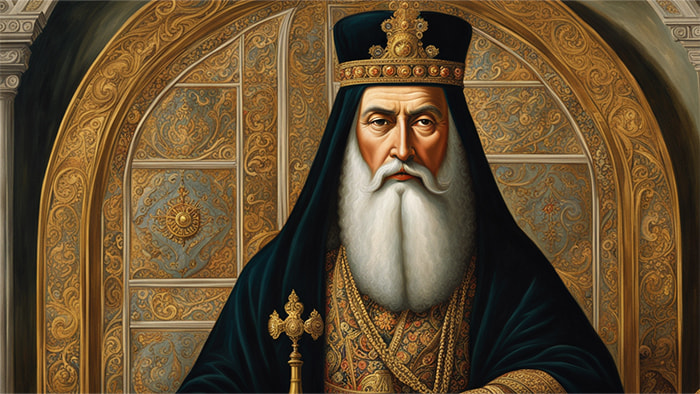
Emperor Maurice of the Byzantine Empire, whose reign met a swift and brutal end, offers a glimpse into the dangerous nature of ruling over one of history’s most enduring empires. Ascended to the throne in 582, Maurice’s rule was marked by military campaigns and efforts to stabilize the empire’s finances. However, his reign ended abruptly in 602 when he was overthrown by a military coup led by Phocas, culminating in his execution.
Maurice’s downfall highlights the fragile balance of power and the constant threat of usurpation that Byzantine rulers faced. His efforts to reform the military and improve the empire’s fiscal health, while initially promising, ultimately led to his undoing, illustrating the complex interplay between ruler and ruled. Maurice’s story is a testament to the unpredictable nature of leadership and the often cruel twists of fate that history can impose.
6. Sultan Muhammad V of Kelantan: A Modern Brief Reign
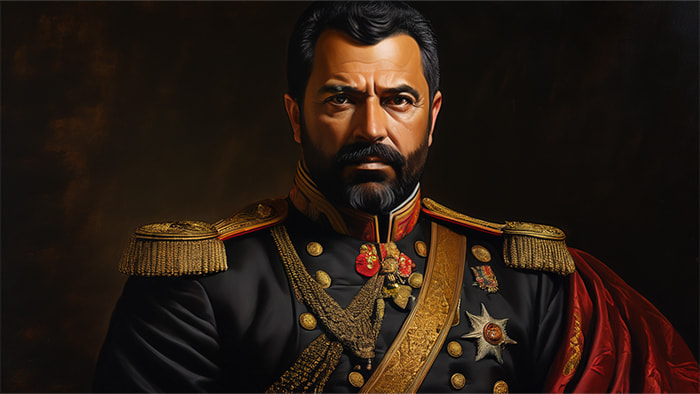
Sultan Muhammad V of Kelantan’s reign as the 15th Yang di-Pertuan Agong (King) of Malaysia marks a modern tale of a brief monarchy. His tenure, starting in December 2016, was notable for its abrupt end in January 2019, making it one of the shortest in the history of Malaysia’s constitutional monarchy. This departure was unprecedented in the Malaysian context, where the monarch’s role, while largely ceremonial, is deeply intertwined with the nation’s identity and cultural heritage.
The early conclusion of Sultan Muhammad V’s reign as the national monarch raises questions about the contemporary challenges and pressures faced by traditional institutions in navigating modern political landscapes. His abdication was a significant event in Malaysian history and served as a reminder of the delicate balance between tradition and continuity within the global tapestry of monarchies.
7. King Edward VIII of the United Kingdom: Abdication Before Coronation
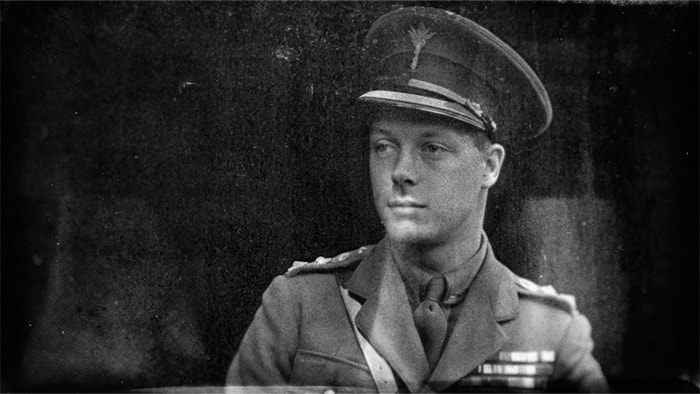
King Edward VIII of the United Kingdom’s reign is a poignant chapter in the annals of the British monarchy, marked not by the length of his rule but by the controversy and constitutional crisis it sparked. Ascending to the throne in January 1936, Edward’s tenure was cut short by his abdication in December of the same year, making him one of the shortest-reigning monarchs in British history.
His decision to abdicate in favor of marrying Wallis Simpson, an American divorcee, was a move that challenged the conventions of the British monarchy and sparked a nationwide debate on the role of the monarch in modern society. Edward’s abdication crisis highlights the tension between personal liberty and public duty, a theme that resonates in discussions about the monarchy even today.
His brief reign and subsequent abdication changed the course of British royal history, paving the way for his brother, George VI, to take the throne. This moment in history serves as a reminder of the complex interplay between tradition, love, and duty, showcasing the human side of a centuries-old institution. Edward’s story is a testament to the enduring impact of personal decisions on public institutions and the course of history.
8. Tsar Michael II of Russia: A Reluctant Ruler
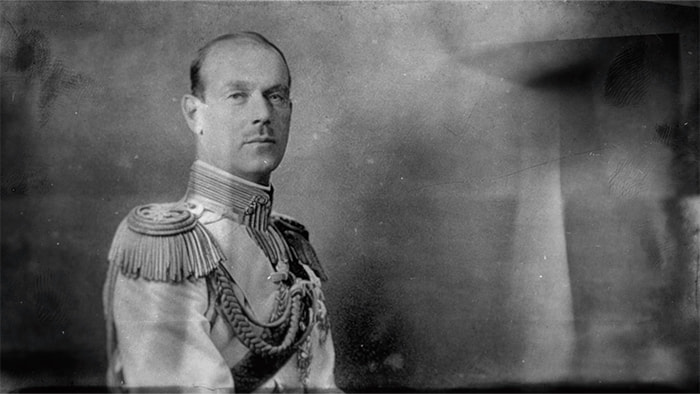
Tsar Michael II of Russia’s ascent to the throne in 1917 came at one of the most tumultuous times in Russian history, marking the end of the Romanov dynasty’s three-century rule. His reign, lasting just a few months, was characterized by the immense challenges of leading a nation through the throes of revolution and the onset of civil war.
Michael’s reluctant acceptance of the throne, only to step down in the face of impossible odds, reflects the complexities and the ultimate fragility of monarchical power in the face of revolutionary change. His brief tenure as Tsar starkly illustrates the rapid political shifts that defined early 20th-century Russia.
His reign, though short, encapsulates the end of an era and the beginning of profound transformations within Russian society. This period of brief rule underscores not only the personal reluctance of Michael II but also the broader societal shifts away from monarchical rule and towards a new political order. His story is a poignant reminder of the ephemeral nature of power and the seismic shifts in governance that can occur in times of national upheaval.
9. Empress Matilda of England: A Queen Without a Crown

Empress Matilda of England’s story is a tale of ambition, determination, and the challenges of female rulership in a male-dominated medieval world. Though never officially crowned, Matilda’s claim to the English throne in the 12th century set the stage for the Anarchy, a civil war with her cousin Stephen of Blois.
Her struggle to secure her reign in a time when female monarchs were an anomaly showcases the significant obstacles women in power faced, underscoring her role as a pivotal figure in English history. Matilda’s fight for the throne, marked by battles, strategic alliances, and brief periods of control, highlights the complexities of succession and the lengths to which she went to claim her birthright.
Her story is not just one of near success but also a testament to the enduring spirit of a woman who, against all odds, sought to rule in her own right. Empress Matilda’s legacy, though she never wore the crown, paved the way for future generations, making her a symbol of resilience and the quest for power in the face of insurmountable social barriers.
From the fleeting moments of power to the dramatic abdications that reshaped nations, the stories of these nine rulers offer a unique lens through which to view history. Their short reigns, marked by ambition, revolution, and personal sacrifice, underscore the transient nature of power and the unpredictability of leadership. History has seen a lot of controversies, including some mind-blowing conspiracy theories, which we have covered in one of our latest articles.

